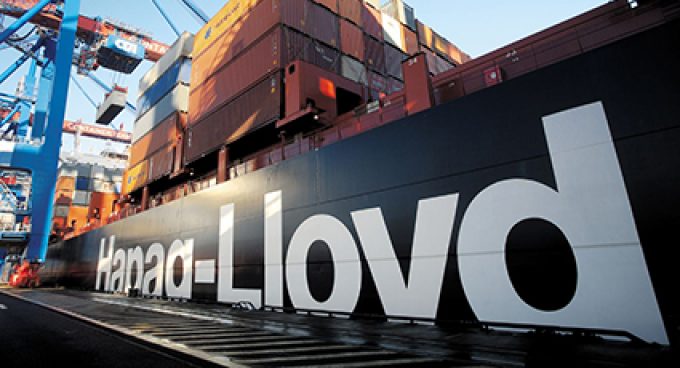Hapag chief bullish on demand growth, 'thanks to higher schedule reliability'
Hapag Lloyd expects its above-average Q1 market growth to sustain in Q2, CEO Rolf Habben ...

Hapag-Lloyd succeeded in putting “profits over market share” in its third quarter, according to container shipping analyst Lars Jensen.
The carrier posted a net profit of $168m in Q3, achieved from higher average freight rates on flat volume growth.
For the nine-month period, net profit was $333m, which ...
Keep our news independent, by supporting The Loadstar
Four crew members still missing as Wan Hai 503 continues to burn
Explosions and 'out-of-control' fire reported on Wan Hai box ship
Carrier price hikes hold, driving spot rates higher as space gets scarcer
MSC Elsa crew face criminal probe, as Wan Hai 503 firefighters battle on
Transpacific rates ease as capacity boost proves too much for trades to digest
'It's driving us mad', say forwarders as US court fails to end tariff turmoil


Comment on this article